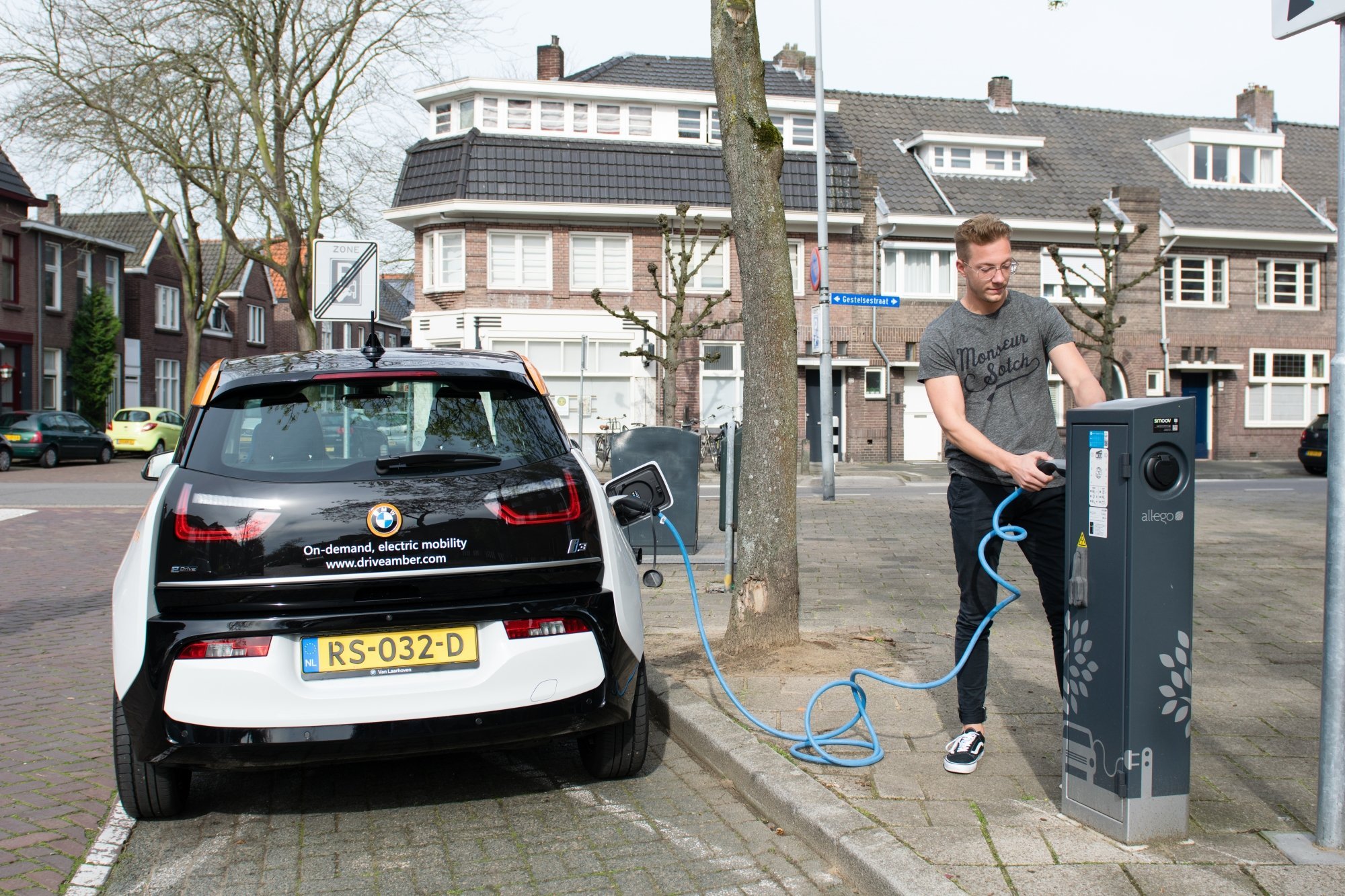
Is there a German-speaking bubble of experts spreading anti-electric vehicle propaganda?
Yesterday I had to debunk the fourth study which was giving out misinformation on electric vehicles. After refuting the ‘IFO-study‘ by Buchal, Karl and Sinn, as well as after ‘the Frauenhofer ISE-study‘, and then the ‘ADAC-study‘ last week, it is now a study from the ÖAMTC (Austrian Automobile, Motorcycle and Touring Club) that needed to be challenged. If you like scientific articles, I wrote a short one for the renowned journal Joule describing the ‘the top 6 mistakes people use to make electric vehicles to look bad’. I will keep it simple here.
The first error these studies make is assuming modern batteries will have to be replaced after 150k km. This is wrong for multiple reasons. First, we have a lot of public data on Tesla cars that shows that they easily drive 500 thousand (abbreviated as 500k) kilometers or even up to 800k km, after which they still have 80% of their original capacity left. This lecture by Professor Jeff Dahn demonstrates how active temperature control gives batteries a longer lifespan. This is a lecture from 2013, yet it is apparently still new to many German-speaking experts. He also has a 2017 TEDx talk explaining how additives can dramatically improve their lifespan even further. If you don’t want to watch – you can take it from me: batteries have been improving like crazy in the past five years! Soon all fully-electric cars will have active battery temperature control and thus all batteries will last 1500 cycles. Many batteries will last much longer. E.g. lithium iron phosphate batteries are already reported to last 10 000 cycles and reports of NCM and NCA batteries lasting over 5 000 cycles are common.
By the way, the fact that you have to think in terms of charge-discharge cycles, means that bigger batteries last longer than smaller batteries since smaller batteries have to go through their cycles more often. Imagine you want to drive 300,000 km and your car uses 0.18 kWh per km. That means you will use 300,000 x 0.18 = 54, 000 kWh. If you had a small battery of say 5.4 kWh, that means it will need to go through a cycle 10,000 times. A 54 kWh battery, which is ten times larger, will go through its cycles ten times less. The fact that no German study I mentioned factors in battery size reveals that they really don’t (want to) know what they are talking about when it comes to batteries. Replacing the batter after 150k km is just plain nonsense.
I won’t go over all the ‘top 6 mistakes’ in every one of these studies, yet one thing that is really remarkable is that many German-speaking experts assume hydrogen for hydrogen-fuelled cars is made from the cleanest electricity possible, whereas battery electric vehicles charge with dirtier electricity. This apples-to-oranges sleight of hand is apparently necessary in order to allow the hydrogen car to come out on top. All kinds of mumbo jumbo is used to justify this, however, as I said on Twitter, in essence, it’s as simple as this:
Imagine you had 10 windmills.
You could use them in the following ways:
1) fuel 10 000 battery electric vehicles
2) fuel 3 000 hydrogen electric vehicles
3) fuel 1 000 E-Fuel vehiclesCan the @OEAMTC explain to me why option 1) is so bad it's the only one they left out?
— AukeHoekstra (@AukeHoekstra) August 30, 2019
The ÖAMTC-study takes the cake in this respect. They both have hydrogen and e-fuels made from the cleanest electricity possible, while the battery-powered electric vehicle can choose between the Austrian mix, the European mix and the coal-heavy Polish mix. Why not replace the Polish or Austrian mix in this matchup with the same clean energy that you use for hydrogen and e-fuels? Could you at least try to hide your preference ÖAMTC?
You can look at the links at the beginning of this article for more detailed exposés and I especially recommend my scientific article about it. Although at the end of the day, the result is always the same: when you use recent data and fair comparisons, electric vehicles are much better for the environment than fossil fuels and slightly better than hydrogen. For consumers, the most appealing characteristics of electric vehicles are the extra power and the fact that they cost about one fourth in terms of energy and maintenance.
Once they become not only cheaper to own, but to buy as well, consumers will swiftly shift over to electricity. My calculations and those of BloombergNEF indicate that the electric vehicle will become cheaper in the showroom from around 2025 to 2030, due to the simpler manufacturing processes and plummeting battery prices. Most consumers will choose electric by then. Since it takes years to develop battery factories and electric drivetrains, a giant push among German and Austrian automotive companies should have started yesterday. Denial will only lead to hundreds of thousands of European jobs disappearing while we wake up to find that China has taken over. Wake up, please!
In a weekly column, alternately written by Eveline van Zeeland, Jan Wouters, Katleen Gabriels, Mary Fiers, Lucien Engelen, Peter de Kock, Tessie Hartjes and Auke Hoekstra, Innovation Origins tries to find out what the future will look like. These columnists, occasionally supplemented with guest bloggers, are all working in their own way on solutions for the problems of our time. So tomorrow will be good. Here are all the previous columns.

